10 Best Herbal Lotions For Nipple Pain During Breastfeeding

Herbal lotions can be a soothing and natural remedy for nipple pain during breastfeeding, offering gentle relief without the use of harsh chemicals.
These lotions often contain ingredients like calendula, chamomile, and lavender, which are known for their anti-inflammatory and healing properties. Applying a small amount of herbal lotion after each feeding can help reduce irritation and promote healing of cracked or sore nipples. It is important to choose a lotion that is specifically formulated for sensitive skin and safe for use during breastfeeding.
Always consult with a healthcare provider before using any new product to ensure it is appropriate for both mother and baby.
FREE Herb Drying Checklist
How to make sure every batch retains maximum flavor, color, and aroma without the risk of mold or over-drying. Eliminate guesswork and trial-and-error, making herb drying faster, easier, and more efficient every time.
Table of Contents
1. Calendula officinalis
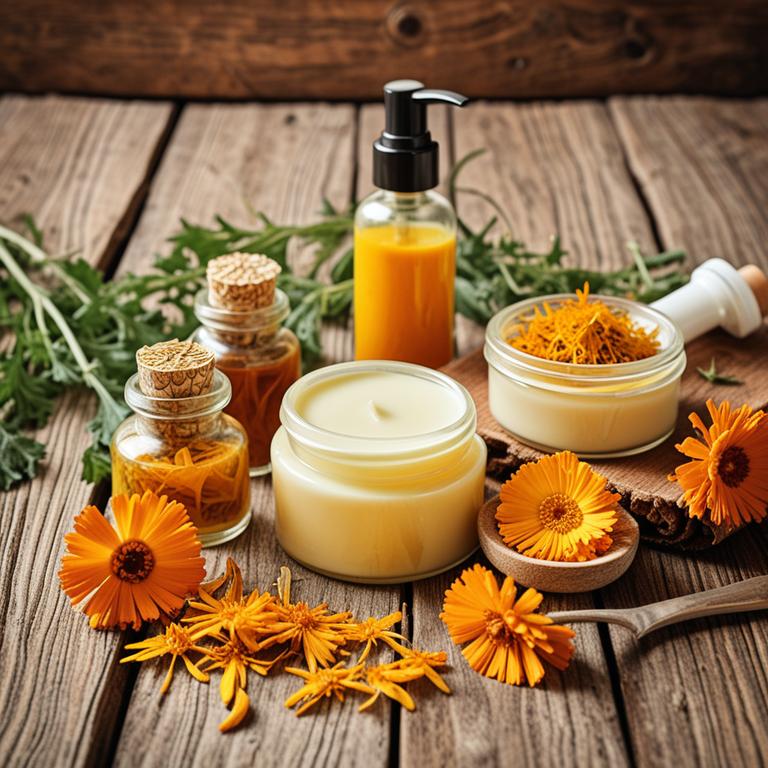
Calendula officinalis herbal lotions are commonly used to alleviate nipple pain during breastfeeding due to their soothing and anti-inflammatory properties.
These lotions contain extracts from the calendula flower, which have been traditionally valued for their ability to promote skin healing and reduce irritation. When applied gently to sore or cracked nipples after breastfeeding, calendula lotion can help soothe discomfort and support the healing process. It is important to ensure the product is free from irritants and alcohol to avoid further sensitization.
Many nursing mothers find calendula lotions to be a safe and effective natural remedy when used as part of a comprehensive care routine for breastfeeding-related nipple pain.
2. Matricaria chamomilla
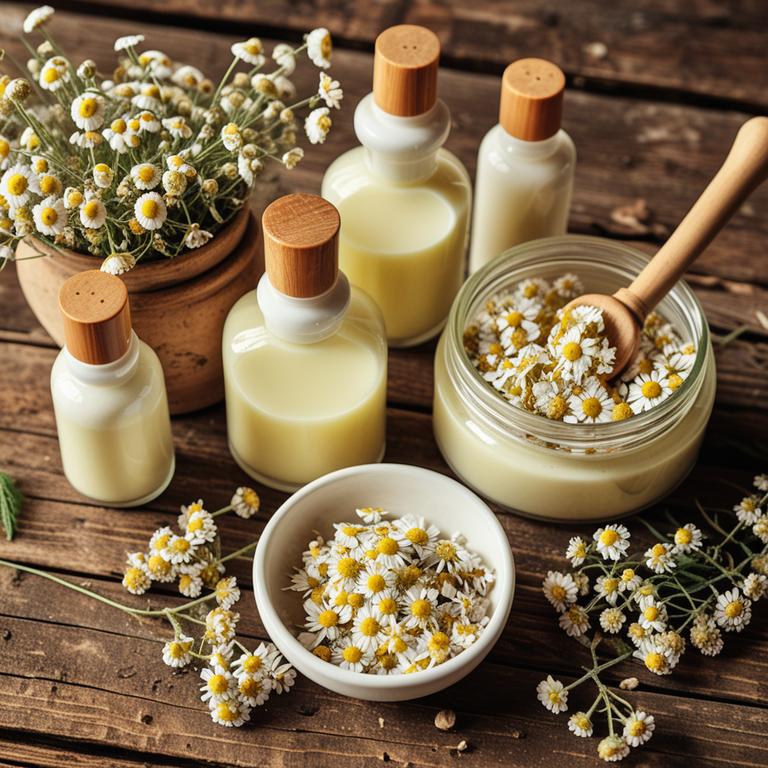
Matricaria chamomilla, commonly known as chamomile, is a gentle herbal ingredient often used in topical formulations to alleviate discomfort.
Chamomile herbal lotions are particularly beneficial for nursing mothers experiencing nipple pain during breastfeeding due to their soothing and anti-inflammatory properties. These lotions can help reduce redness, irritation, and soreness caused by friction and improper latching. When applied after feeding, they provide a cooling effect that promotes healing and comfort.
It is important to choose a chamomile lotion that is free from irritants and safe for sensitive skin to ensure a positive breastfeeding experience.
3. Aloe barbadensis
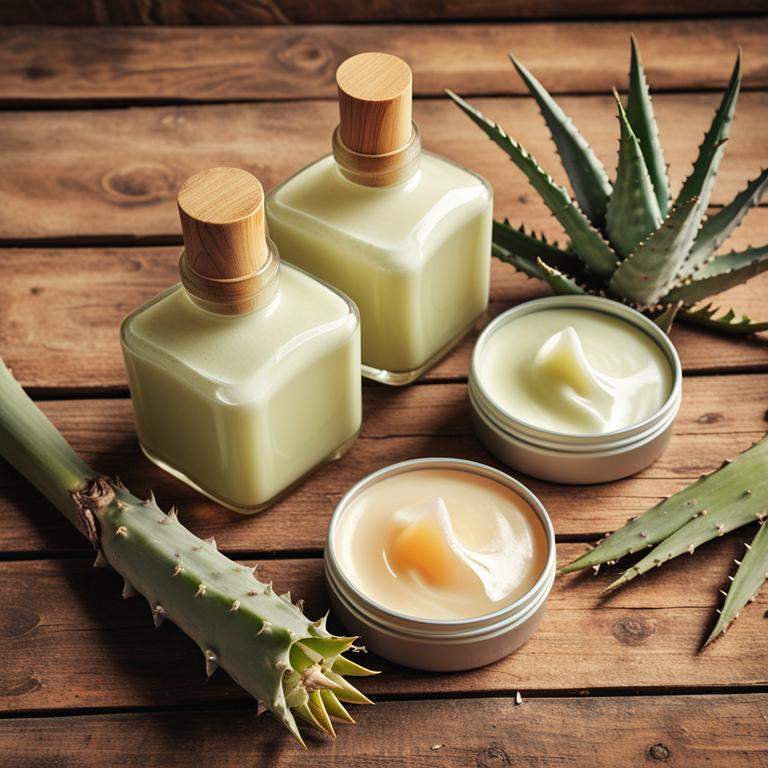
Aloe barbadensis, commonly known as aloe vera, is often used in herbal lotions to alleviate nipple pain during breastfeeding due to its soothing and anti-inflammatory properties.
These lotions can help reduce redness, irritation, and cracking by providing a protective barrier on the skin. Aloe vera contains compounds like polysaccharides and antioxidants that promote skin healing and hydration, making it a natural and gentle option for nursing mothers. When applied after each feeding, the lotion can provide relief and comfort, supporting continued breastfeeding.
However, it is important to ensure the product is free from irritants and fragrances to avoid further sensitivity.
4. Urtica dioica
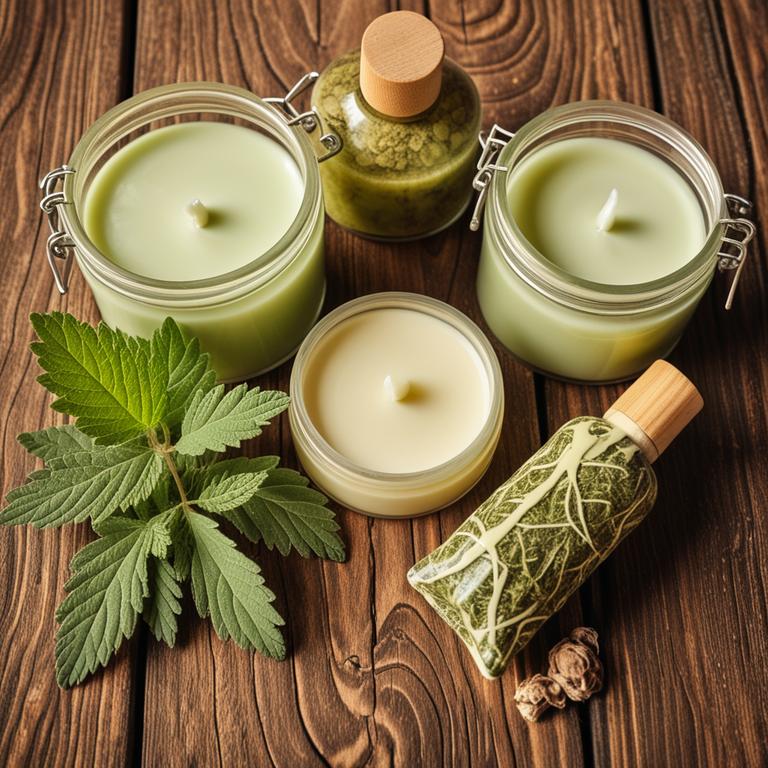
Urtica dioica, commonly known as stinging nettle, is a herb that has been traditionally used for its anti-inflammatory and soothing properties.
Herbal lotions containing Urtica dioica can be beneficial for alleviating nipple pain and irritation during breastfeeding. These lotions work by reducing inflammation, promoting healing, and providing a cooling sensation to the affected area. When applied gently after breastfeeding, they can help ease discomfort and encourage continued nursing.
However, it is important to consult a healthcare provider before using any herbal remedy to ensure safety and appropriateness for both mother and baby.
5. Hypericum perforatum
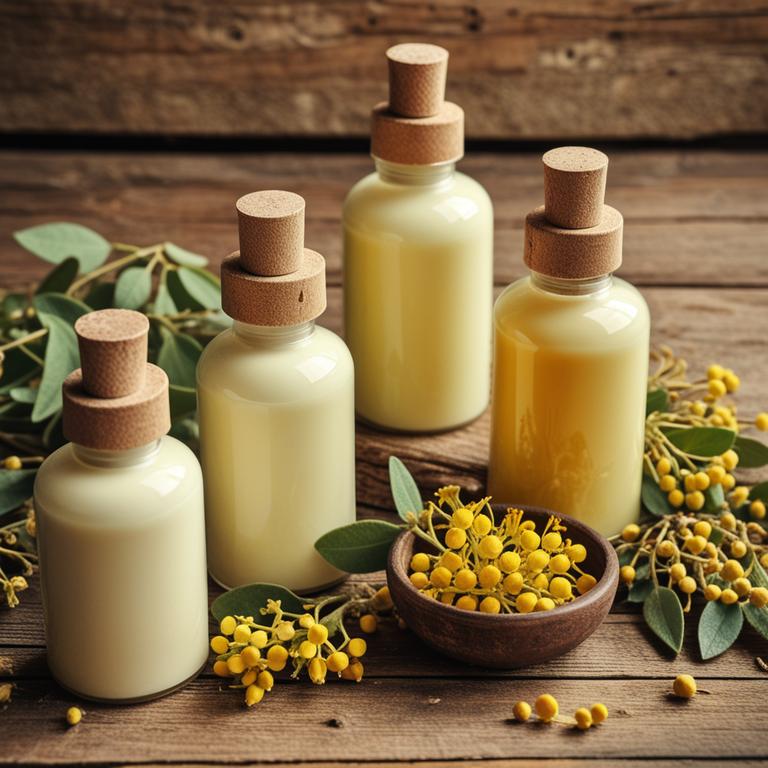
Hypericum perforatum, commonly known as St. John's Wort, is a herbal remedy that has been traditionally used for its anti-inflammatory and analgesic properties.
When formulated into a lotion, it may provide relief for nipple pain experienced during breastfeeding by reducing inflammation and soothing irritated skin. The active compounds in hypericum perforatum, such as hypericin and flavonoids, are believed to promote healing and reduce discomfort. However, it is important to consult a healthcare provider before using St. John's Wort, as it may interact with certain medications.
Despite its potential benefits, more clinical research is needed to fully establish its safety and efficacy for nipple pain during breastfeeding.
6. Rosa canina
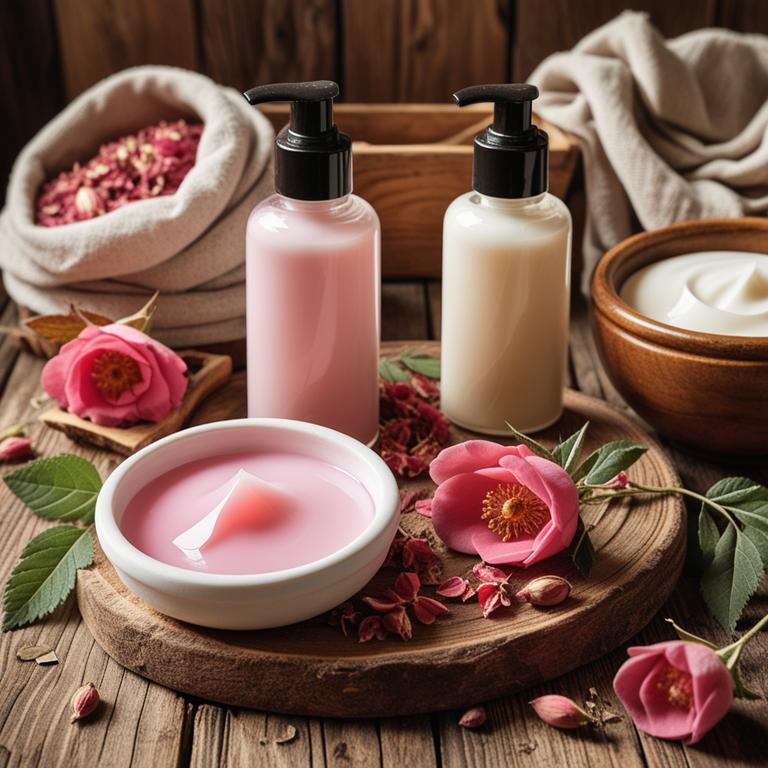
Rosa canina, commonly known as rosehip, is a herbal ingredient often used in lotions to alleviate nipple pain during breastfeeding.
These lotions are formulated with rosehip oil, which is rich in essential fatty acids and antioxidants that help to soothe and heal irritated skin. The anti-inflammatory properties of rosehip can reduce redness and discomfort, making it a natural remedy for nursing mothers. When applied gently after each feeding, these lotions can promote healing and prevent further irritation.
Many breastfeeding women find rosehip-based products to be a safe and effective option for managing nipple pain without the use of harsh chemicals.
7. Lavandula angustifolia
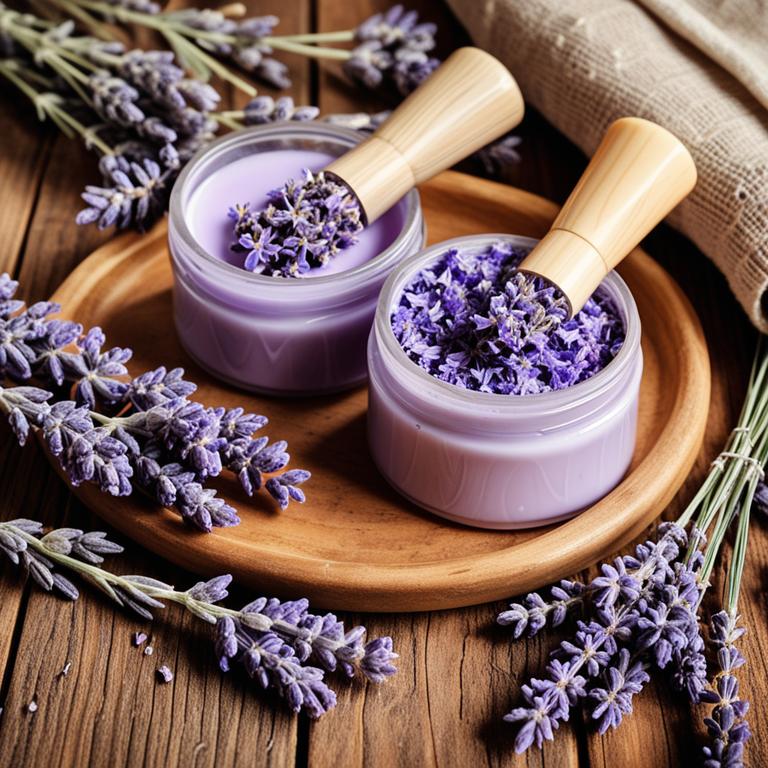
Lavandula angustifolia, commonly known as English lavender, is often used in herbal lotions to alleviate nipple pain during breastfeeding.
The calming and anti-inflammatory properties of lavender can help soothe irritated and sore nipples, promoting faster healing. These lotions typically contain essential oils or infused oils of lavender, which have natural antimicrobial and pain-relieving effects. Applying a small amount of lavender herbal lotion after each feeding can provide relief and reduce discomfort for nursing mothers.
However, it is important to ensure the product is safe for use on sensitive skin and to consult a healthcare provider if symptoms persist or worsen.
8. Symphytum officinale
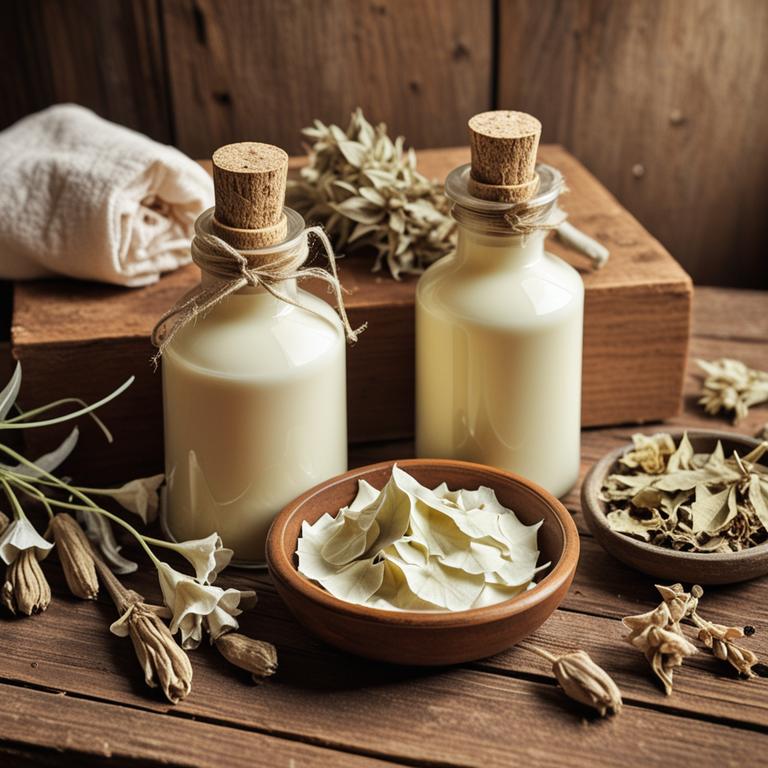
Symphytum officinale, commonly known as boneset, is a traditional herbal remedy that has been used for its potential soothing properties.
When formulated into a gentle herbal lotion, it may provide relief for nipple pain experienced during breastfeeding by promoting healing and reducing inflammation. This natural remedy is often preferred by nursing mothers seeking alternatives to conventional treatments that may contain harsh chemicals. The lotion is typically applied directly to the affected area after each feeding to help ease discomfort and support skin recovery.
However, it is important to consult with a healthcare provider before using any herbal product to ensure safety and appropriateness for both mother and baby.
9. Zingiber officinale
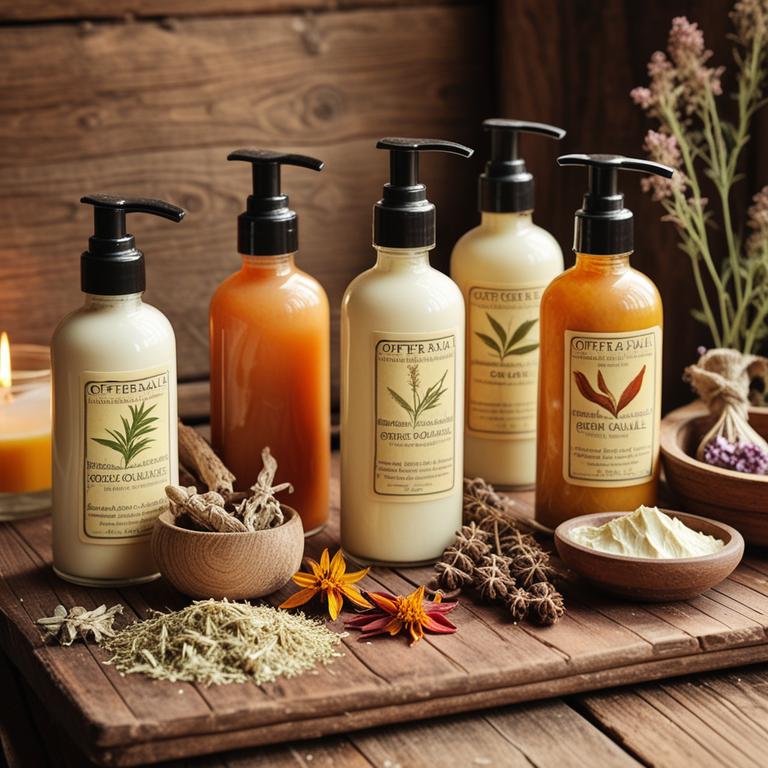
Zingiber officinale, commonly known as ginger, has been traditionally used for its anti-inflammatory and analgesic properties, making it a potential natural remedy for nipple pain experienced during breastfeeding.
Ginger herbal lotions can be applied topically to the nipples to help soothe irritation, reduce inflammation, and promote healing. These lotions are often preferred by nursing mothers seeking a safe, non-medicated alternative to conventional treatments. However, it is important to ensure that the lotion is free from harsh chemicals and is suitable for sensitive skin.
As with any herbal remedy, consulting a healthcare provider is recommended to ensure safety and effectiveness for both mother and baby.
10. Cucurbita pepo
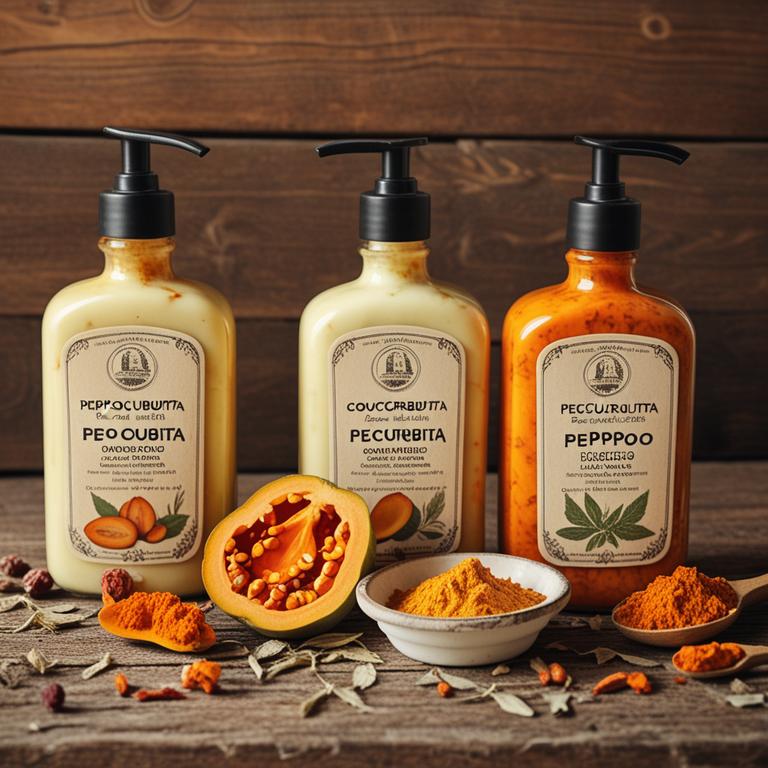
Cucurbita pepo, commonly known as the common pumpkin, has been traditionally used in herbal remedies for its anti-inflammatory and soothing properties.
When prepared as a herbal lotion, it can provide relief for nipple pain experienced during breastfeeding by reducing inflammation and promoting healing of the affected skin. The application of a diluted cucurbita pepo lotion can help ease discomfort and prevent further irritation caused by frequent nursing. This natural remedy is often preferred by nursing mothers seeking safe, non-pharmacological options for their postpartum care.
However, it is important to consult a healthcare provider before using any herbal remedy to ensure safety and appropriateness for individual health conditions.